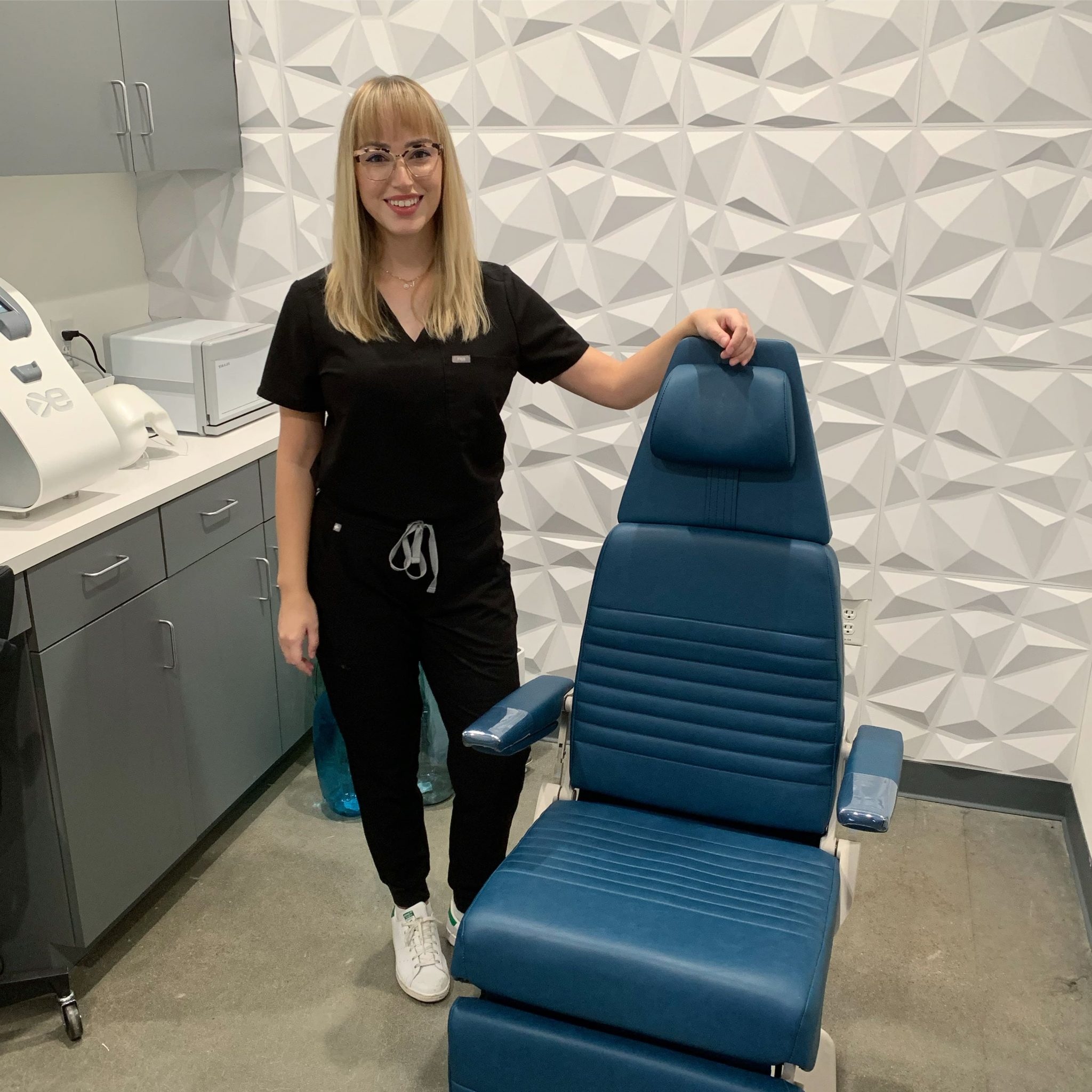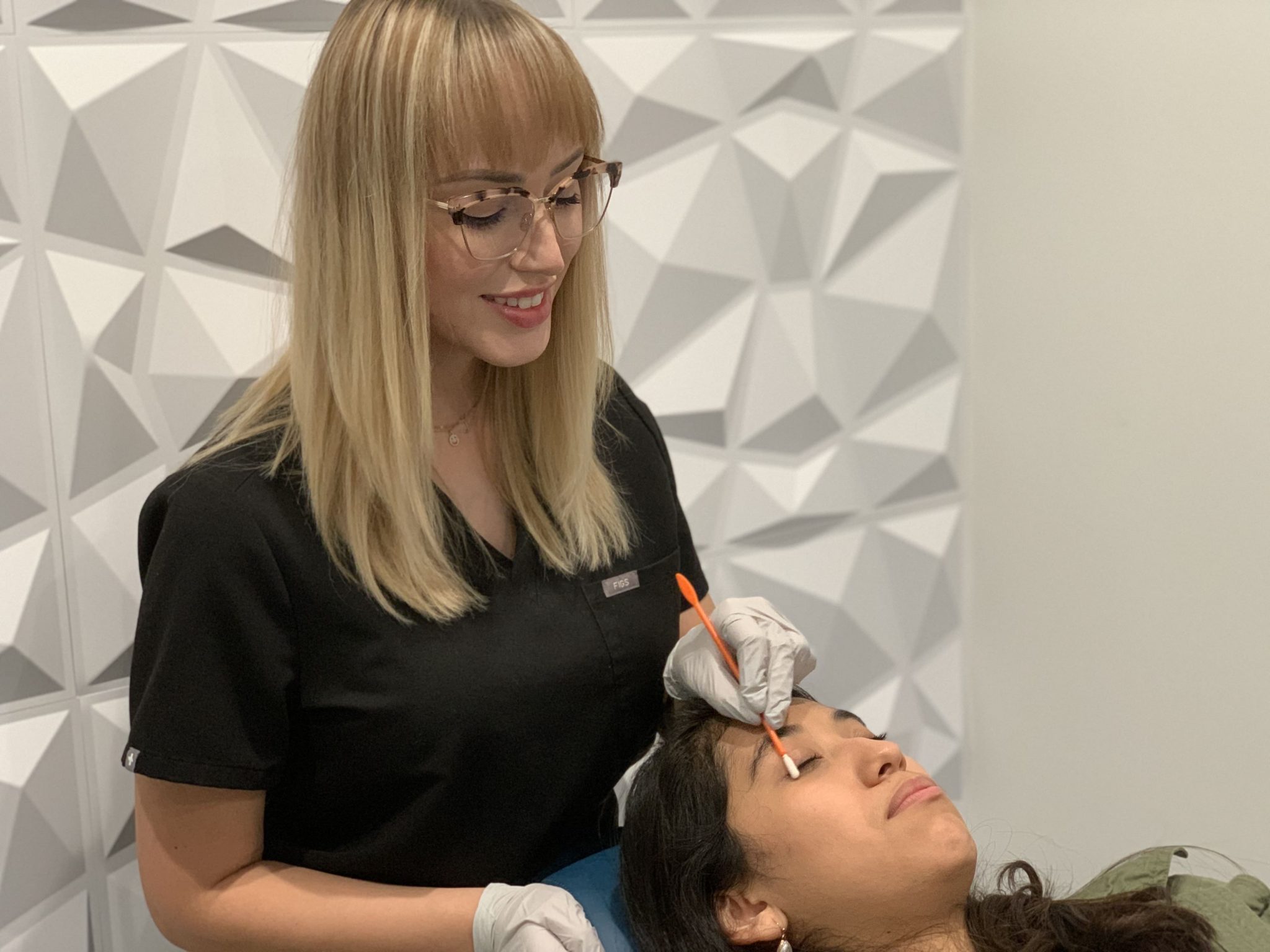TIRED OF USING EYE DROPS
THAT ONLY PROVIDE TEMPORARY RELief?
IT’S TIME TO TAKE CONTROL OF YOUR DRY EYES
WE USE THE LATEST TECHNOLOGY IN THE DIAGNOSIS AND TREATMENT OF DRY EYE DISEASE
hundreds of patients experiencing dry eye relief
Every other doctor just told me I had dry eyes and prescribed me drops. Dr. Tsao was able to diagnose what kind of dry eye I had and tailor a treatment specific to me. I no longer need to use artificial tears 8-9x a day.
Jae M.
Dr. Tsao discovered my dry eyes were caused by clogged oil glands around the eyes. I felt relief immediately after my treatment.
Eric T.
This is the most detailed exam I have had at a doctors office. Dr. Tsao breaks down everything for you and creates a custom plan to treat your dry eye. My husband and I both no longer suffer from burning eyes upon waking up. Highly Recommend!
Jessica S.
Dr. Tsao understands the pathology very well and has amazing bedside manner. Everyone I have referred has been very pleased with their experience.
Judith C.
I’m so happy with my experience with Dr. Tsao. I can now wear contacts comfortably without needing to take them out after a few hours.
Nancy N.
I have suffered from dry eyes for years and tried numerous treatments. This is the first time a doctor has provided me with relief.
Jesse S.
What is Dry Eye Disease?
DRY EYE DISEASE (aka keratoconjunctivitis sicca) occurs when the eyes become inflamed due to an inadequate tear supply or poor-quality tears. The two forms of dry eyes are evaporative dry eye and aqueous deficient dry eye. Most people suffer from a combination of the two forms.
EVAPORATIVE DRY EYE occurs when the meibomian glands in the eyelids are not functioning properly. The meibomian glands secrete oils which prevent the tears from evaporating too quickly. Meibomian Gland Dysfunction (MGD) is when the glands become obstructed and inflamed, thereby diminishing the quality and effectiveness of the oils and causes the tears to evaporate rapidly.
AQUEOUS DEFICIENT DRY EYE occurs when the lacrimal glands produce an insufficient amount of water for the tears. This results in tear hyperosmolarity, an increase in salt to water ratio, and causes inflammation to the surface of the eyes.
CAUSES
– LOW BLINK RATE
– DECREASED FUNCTION OF THE LACRIMAL GLANDS
– MEIBOMIAN GLAND DYSFUNCTION
– LAGOPHTHALMOS (INCOMPLETE EYELID CLOSURE)
– CONTACT LENS ABUSE
– MEDICATIONS (ANTIHISTAMINES, DECONGESTANTS, ANTIDEPRESSANTS)
– ENVIRONMENTAL CONDITIONS (SMOKE AND WIND)
– LASIK
SYMPTOMS
– BURNING
– RED EYES
– CONTACT LENS INTOLERANCE
– EXCESSIVE TEARING
– GRITTY SENSATION
– ITCHING
– BLURRED VISION
– LIGHT SENSITIVITY
DIAGNOSIS
Not all dry eye is the same…
We will diagnose the type of dry eye you have
Medmont Meridia PRO
The latest state-of-the-art equipment in diagnosing dry eyes.
The Medmont Meridia with enhanced Medmont Studio software v7 has the capability to measure various components of dry eye through:
- Meibomian gland imaging
- Fluorescein imaging
- Noninvasive tear breakup time
- Tear meniscus measurements
- Corneal staining and fluid dynamics
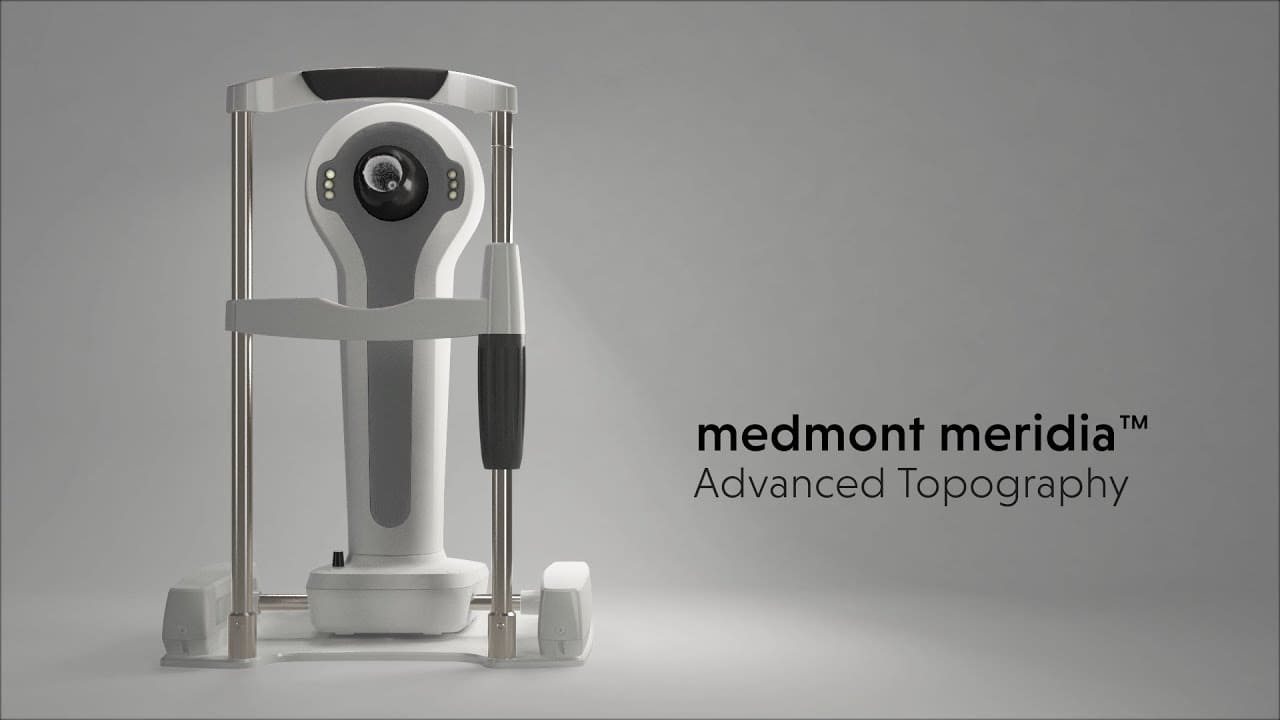

Meibography
Meibomian gland dysfunction (MGD) is the leading cause of dry eyes. Meibography utilizes infrared light to capture images of the meibomian glands. Meibomian gland truncation and drop out are signs of severe MGD.

TearLab (Hyperosmolarity)
Hyperosmolarity of the tear film is one of the key diagnosing factors of dry eye. This means the tears have a higher-than-normal salt to water ratio.
- 302 mOsm/L = Normal mean osmolarity value
- 315 mOsm/L = Mild/Moderate Dry Eye mean value
- 336 mOsm/L = Severe Dry Eye mean value

InflammaDry (MMP-9)

Diagnostic Dyes (NaFl & Lissamine Green)
TREATMENT
There is no one size fits all treatment…
We will create a custom treatment plan for your dry eye
Epi-C PLUS
OPE® IPL / LM® LLLT
Epi-C Plus is an FDA approved medical device utilizing intense pulsed light (IPL) and low-level light therapy (LLLT) to treat dry eye and meibomian gland dysfunction.
IPL is a polychromatic light that stimulates the meibomian glands and treats inflammation causing dry eye. Epi-C Plus uses the latest IPL technology – Optimal Power Energy (OPE). The advanced patented OPE technology is the only medical grade pulsed light that is painless and requires no gel thanks to the built-in cooling system which optimizes heat emission.
LM® LLLT is a unique, light-based photobiomodulation technology. LLLT was originally developed by NASA to treat the wounds of astronauts in space. LM® LLLT uses certified medical LEDs which work at a cellular level by stimulating the mitochondria and creating ATP. This increases intracellular activity and creates endogenous heat to unclog the meibomian glands.
The combination of IPL and LLLT is currently one of the most effective dry eye treatments.

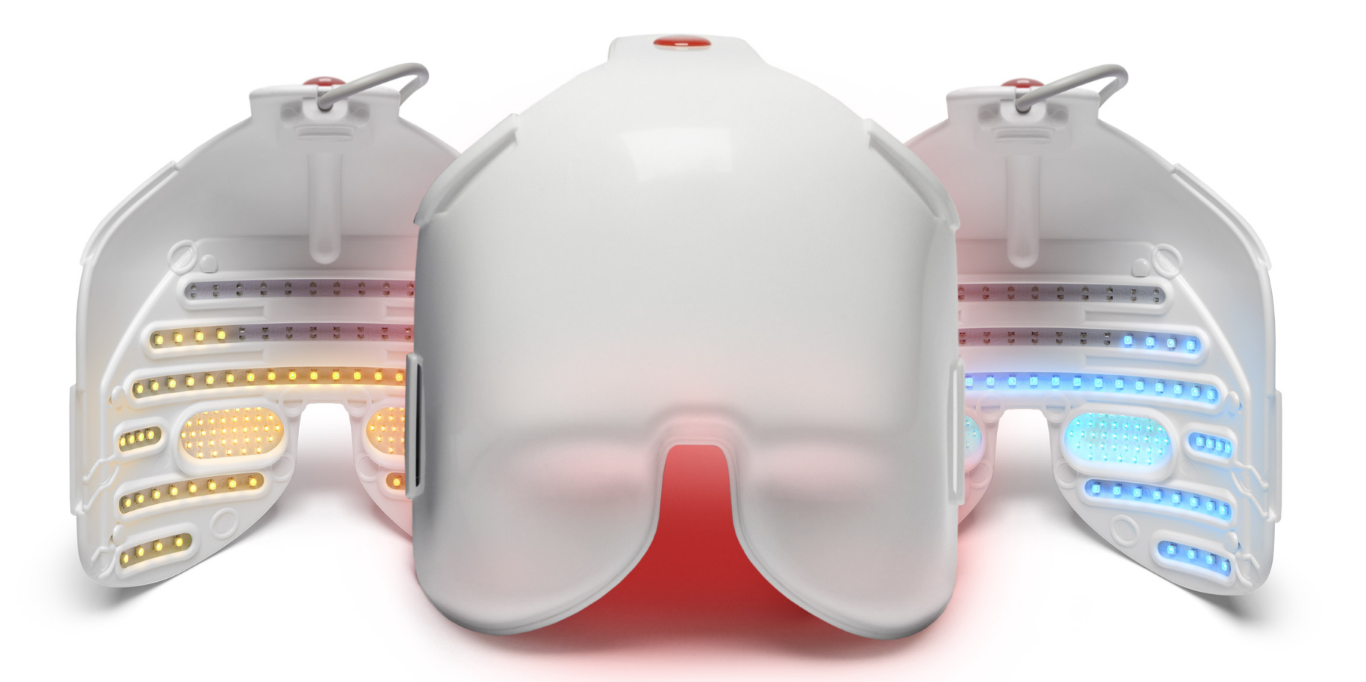

Cleansers
In-office treatments for blepharitis include Microblepharoexfoliation (MBE) and Zocular Eyelid System Treatment (ZEST). The ZEST deep cleaning is like a “power wash” for the eyelids. It contains okra-infused Zocusome micelles that remove bacteria and parasites (demodex) while decreasing inflammation.

Biologic Drops
Biologic treatments are becoming increasingly popular in the dry eye community. They are natural treatments derived from living organisms and cheaper than dry eye medications such as Restasis and Xiidra.
Examples of biologics include:
Regener-Eyes – a sterile biologic eye drop made of anti-inflammatory cytokines and growth factors that have been proven to decrease inflammation. It can repair and regenerate the ocular surface and meibomian glands.
Autologous Serum Eye Drop (ASED) – customized drops made from the patient’s own blood. ASEDs have antibodies, albumin and special growth factors that promote healing.

Pharmaceuticals

Supplements
Omega 3 has been shown to reduce inflammation and improve the quality of the tear film. Unfortunately, many store-bought omega-3s are in a synthetic (ester) or unpurified form, which is difficult to absorb and leaves a fishy aftertaste. We recommend high quality omega-3s in the re-esterified triglyceride form (rTg). We recommend PRN De 3 and Nordic Naturals to our patients.
DRY EYE SPA
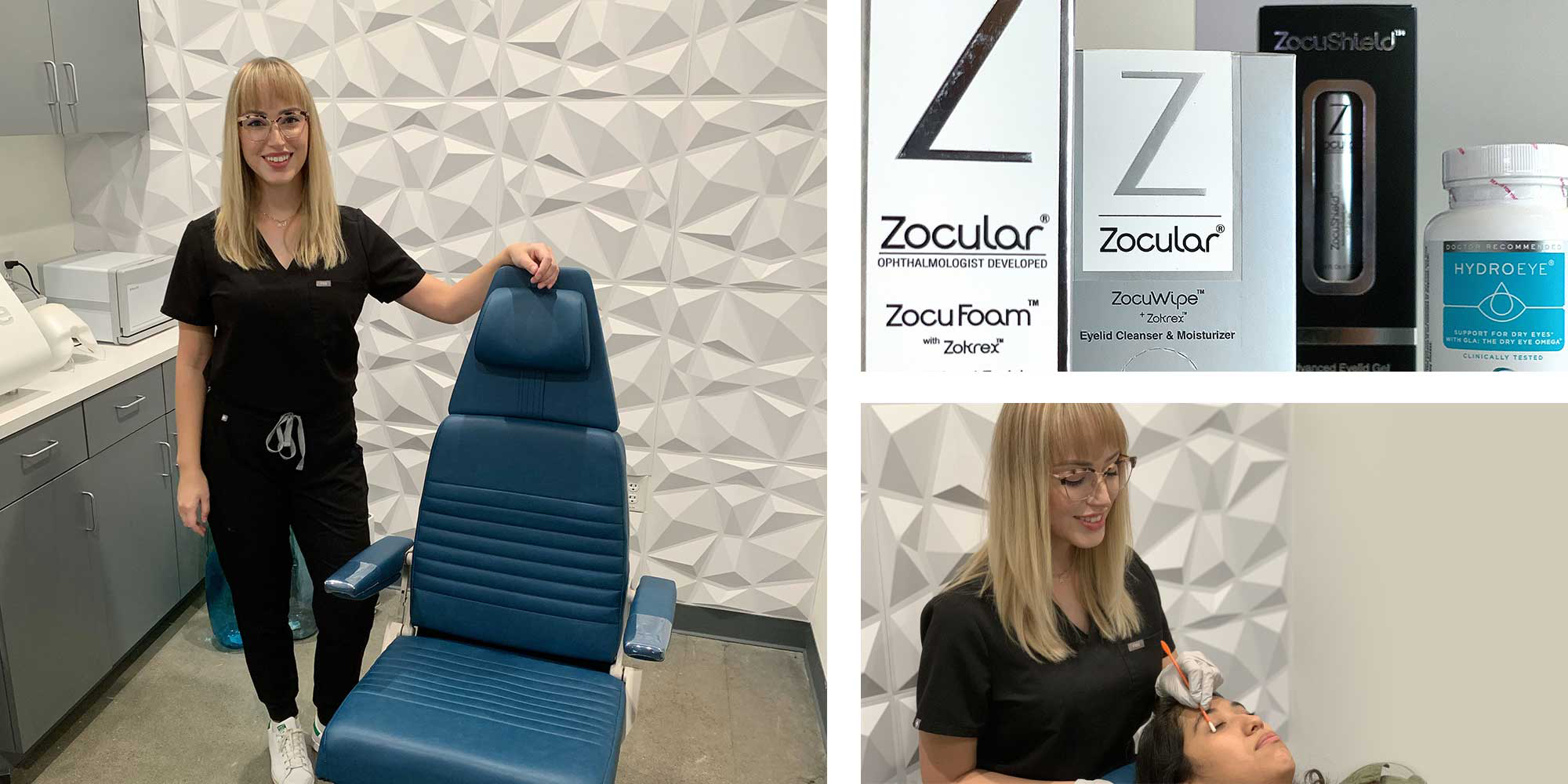

5 Types of Over-the-Counter Artificial Tears
There are many different types of artificial tears available as an over-the-counter option to help treat dry and irritated eyes. Understanding the difference between these types of eye drops can help to select the best eye drop to resolve your issue. Common types of...
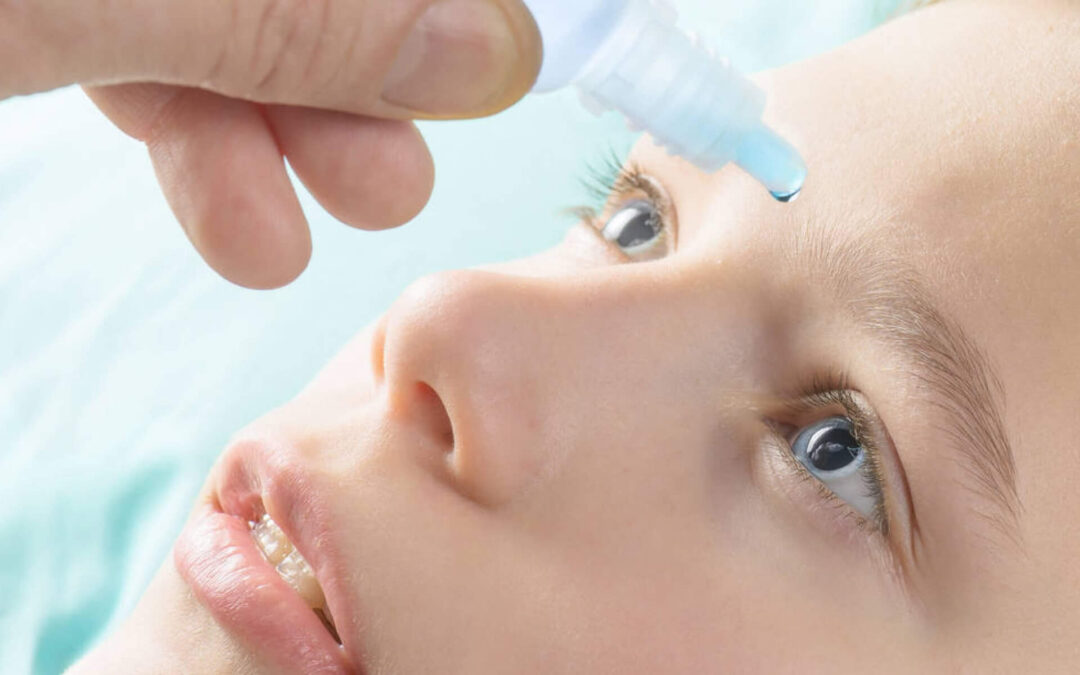
What Prescription Medications Can Treat Dry Eyes?
Dry eyes are frequently treated with over-the-counter remedies including artificial tears and warm compresses. However, these at-home remedies may not be sufficient for more advanced cases of dry eye syndrome. In these cases, there are prescription medications which...

What are Dry Eye Flare Ups and How are They Treated?
Dry eyes are typically a chronic condition that do not change quickly or worsen in a short period of time; however, some dry eye symptoms may present as a flare up which can worsen quickly. Common Dry Eye Symptoms Dry eyes are one of the most common complaints...

Is Tea Tree Oil Good for Your Eyelids?
Many people have been told that tea tree oil is a good option for cleaning your eyelids, but it must be used carefully. While tea tree oil certainly has potential benefits for eye health, it can also cause eye problems is used incorrectly. What is Tea Tree Oil?...

How Does Rheumatoid Arthritis Affect the Eyes?
Rheumatoid arthritis, or RA, is an autoimmune condition that is associated with joint pain and fatigue. In addition to the joint problems, rheumatoid arthritis can also impact the eyes either directly or due to side effects of medications used. Who is Most...
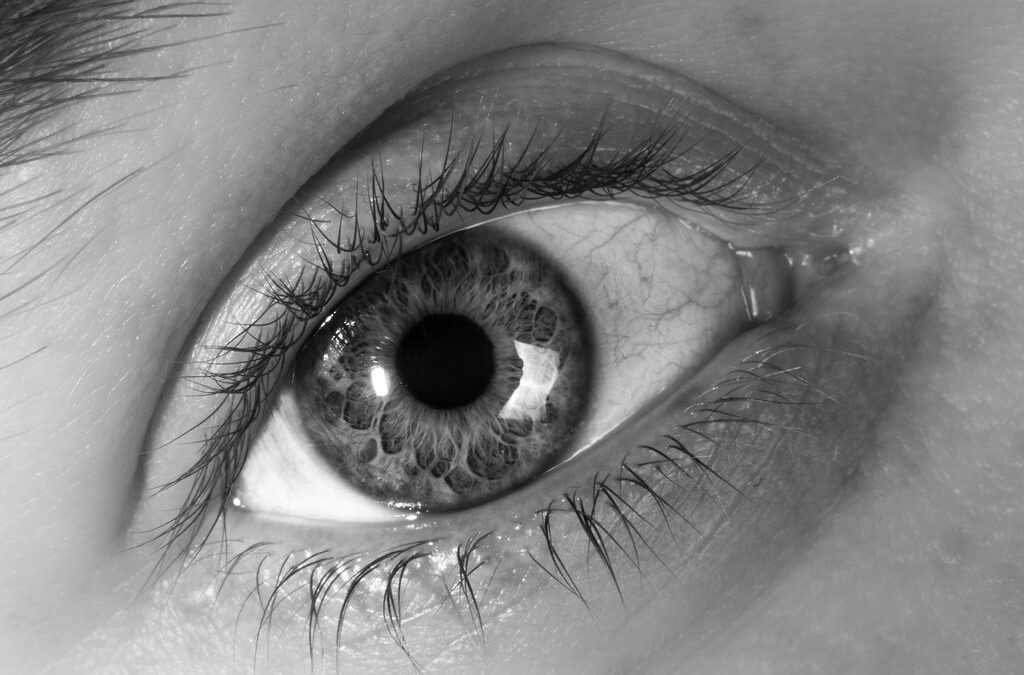
Tips to Prevent Dry Eye
In today’s world of constant electronic use via computers, tablets, cellphones, videogames, etc., we are experiencing a rapid increase in signs of eye dryness. While it may sound silly, when we do these kinds of tasks, we focus so hard on what we are doing we actually...
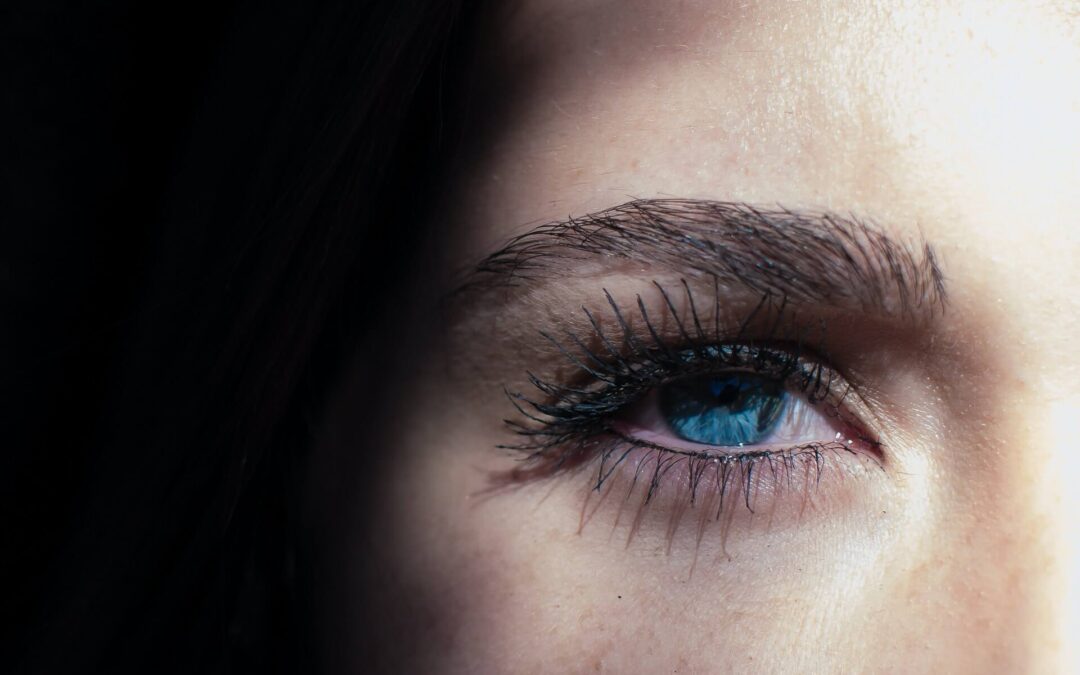
What Prescription Strength Dry Eye Drops are Available?
If you suffer from dry eye, you know how miserable the experience is. It can be easy to give up hope when traditional artificial tears and warm compresses are not sufficient to rid your symptoms of dry, burning, gritty, watery, irritated eyes. Fortunately, researchers...
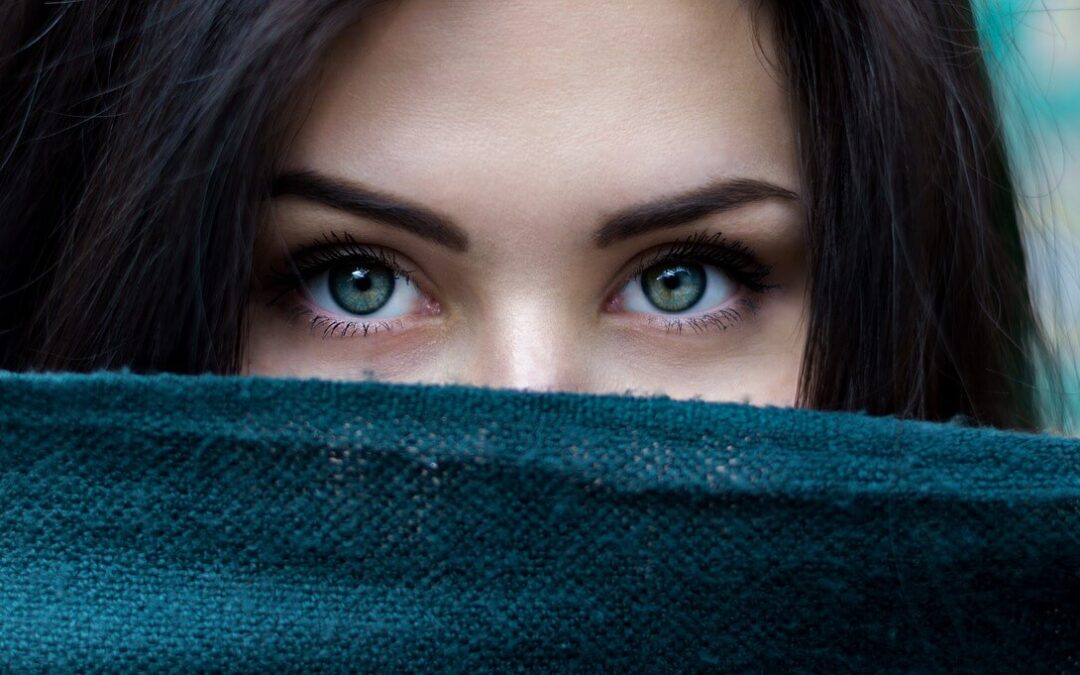
Treating Dry Eye Disease
We know that there are many factors that cause or worsen the symptoms of dry eye disease. So what do you do when you start to notice those uncomfortable symptoms, like burning, redness, grittiness, or even watery eyes? Treating dry eye disease and its underlying...
DRY EYE SPA

